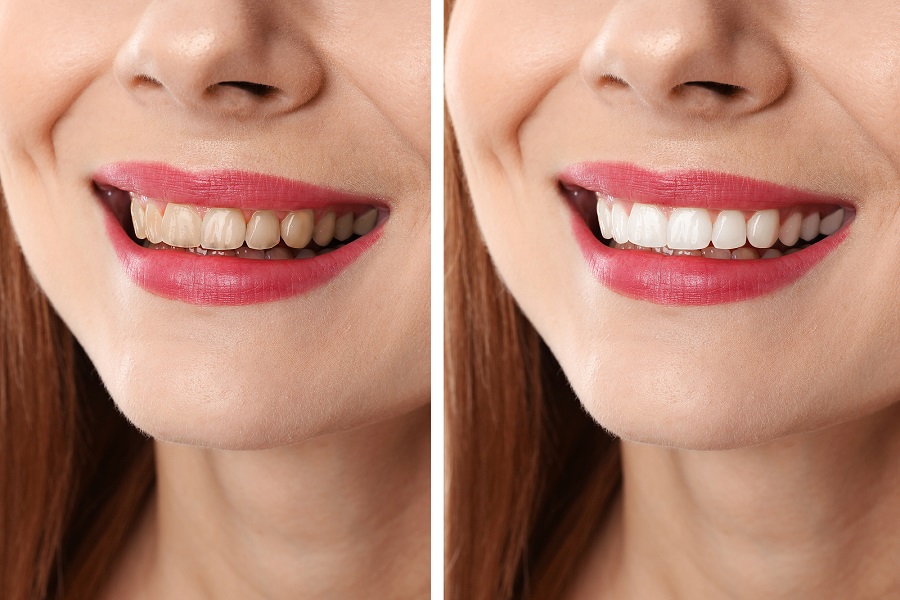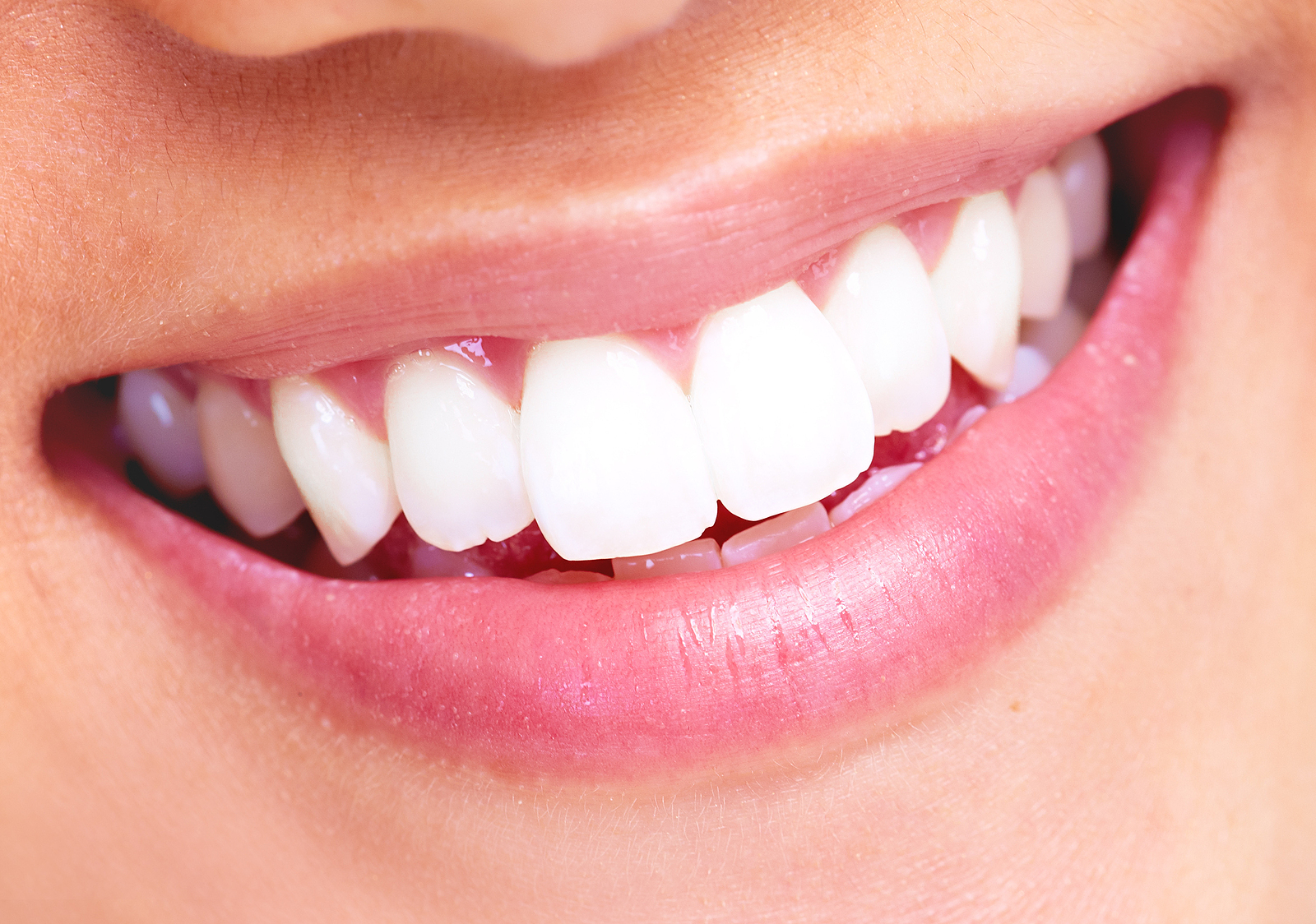HOW TO RESTORE TOOTH ENAMEL NATURALLY
Cavities used to be thought to have only one solution – a trip to the dentist for a filling. Today, that isn’t necessarily so. The quality, quantity, and availability of information, although some of it is controversial, as well as comprehensive new dental products have given us choices when it comes to addressing cavities. Of course, the very best course of action is to prevent cavities from forming in the first place. If the dreaded things do develop, though, running to the dentist asap does not have to be the first step. Nor is it the only step. This is provided the cavity is not too deep, or too big. In those cases, the dentist is still going to be the best option. The overwhelming solution for reversing the damage caused to tooth enamel is nutritional. In every case, the recommendation is to follow a fortified nutrition program that includes the nutrients needed for healthy teeth, gums, and mouth. Although it isn’t possible to grow new tooth enamel (the hard substance that makes up the surface of the teeth), it is possible to remineralize teeth, thus strengthening them. This boils down to restoring the calcium, vitamins A and D, and phosphorous that have leached out of the teeth over time.
FOODS CONTAINING NUTRIENTS NEEDED TO REMINERALIZE TOOTH ENAMEL ARE:
- CALCIUM
Traditionally, we have been taught to think of dairy products as the source of dietary calcium for strong bones and teeth. For those who cannot tolerate dairy, this is not good news. But, there are other foods with nutritionally significant amounts of calcium, namely almonds, beans, and leafy greens.
- VITAMIN A
This is a fat-soluble vitamin that is one of the key ingredients in remineralizing tooth enamel. Most foods with vitamin A are orange; sweet potatoes, cantaloupe, orange sweet peppers, and carrots are good sources of vitamin A.
- VITAMIN D
Luckily for us, we can get this doubly hard-working vitamin both from certain fortified foods and from sunshine. This vitamin both increases mineral density and helps in the absorption, transportation in the body and depositing calcium where it’s needed. So, if tooth enamel needs calcium to get stronger, vitamin D is needed to get the calcium to where it needs to go.
- PHOSPHOROUS
This mineral protects and helps to strengthen tooth enamel. The best sources of phosphorus are in protein-rich foods, the most familiar being meat, poultry, fish, and eggs. The solution to reversing tooth enamel erosion/loss is not about regrowing enamel. Such a thing is not possible. The reason is, tooth enamel is not a living substance and therefore cannot repair itself. Reversing damage is about restoring the minerals in the teeth, which can give the impression that enamel is growing back. According to WebMD, once tooth enamel is gone, it’s gone. Preventing the erosion of tooth enamel in the first place through a healthy diet is truly the best way to go. Barring changing the way we eat, proactive oral hygiene, which goes a long way toward preventing cavities, is the next best step in ensuring strong, healthy teeth.






















0 comments